Biophilic Design Trends: Explaining the growing interest in incorporating natural elements, textures, and patterns into modern furniture and interiors to improve wellbeing.
Biophilic design is an emerging trend in interior design and architecture that seeks to create a deeper connection between humans and nature within built environments. This approach is based on the concept of biophilia, which suggests that humans have an innate affinity for nature and living systems. By incorporating elements of nature into our living spaces, biophilic design aims to improve our well-being, productivity, and overall quality of life. In this comprehensive blog post, we will explore the various aspects of biophilic design trends, their benefits, and how to incorporate them into your home or workspace.

- The Principles of Biophilic Design
Biophilic design is centered around several key principles, which collectively work to create spaces that foster a sense of connection to the natural world. These principles can be grouped into three main categories:
a. Direct Experience of Nature: This principle involves incorporating natural elements, such as plants, water features, and natural light, directly into the built environment. By incorporating these elements, spaces become more visually appealing and help to create a sense of tranquility and relaxation.
b. Indirect Experience of Nature: Indirect experiences of nature involve the use of natural materials, colors, and patterns in interior design. Examples include using wood, stone, or other organic materials for furniture and surfaces, as well as incorporating natural patterns and textures, such as leaf or bark-inspired motifs.
c. Spatial Relationships: This principle focuses on creating spaces that mimic the qualities of natural environments, such as open floor plans, high ceilings, or curved walls. By designing spaces that reflect the characteristics of nature, biophilic design can promote a sense of comfort and well-being.
- Benefits of Biophilic Design
Biophilic design offers numerous benefits for both individuals and the environment, making it an increasingly attractive approach to interior design and architecture. Some of the key benefits include:
a. Improved Well-being: Research has shown that exposure to nature and natural elements can have a positive impact on our mental and emotional well-being. By incorporating elements of nature into our living spaces, biophilic design can help to reduce stress, promote relaxation, and improve overall mood.
b. Enhanced Productivity: Studies have also found that incorporating natural elements in workspaces can lead to increased productivity and creativity. By creating a more pleasant and stimulating environment, biophilic design can help to boost employee performance and job satisfaction.
c. Environmental Benefits: Biophilic design often involves the use of sustainable materials and energy-efficient design strategies, which can help to reduce the environmental impact of buildings and promote more sustainable lifestyles.

- Biophilic Design Trends in Residential Spaces
As more and more homeowners become aware of the benefits of biophilic design, a variety of trends have emerged that focus on incorporating nature into residential spaces. Some of these trends include:
a. Living Walls and Vertical Gardens: Living walls and vertical gardens are a popular way to incorporate greenery into residential spaces, particularly in urban environments where outdoor space is limited. These features not only improve air quality but also create a visually striking focal point within the home.
b. Natural Materials: The use of natural materials, such as wood, stone, and bamboo, is a key trend in biophilic design. These materials not only create a warm and inviting atmosphere but also help to connect the interior space to the natural world.
c. Large Windows and Skylights: Maximizing natural light is an essential aspect of biophilic design. Large windows and skylights can help to bring the outdoors in and create a brighter, more inviting living space.
d. Nature-Inspired Color Palettes: Incorporating nature-inspired colors, such as shades of green, blue, and brown, can help to create a calming and harmonious atmosphere within the home. These colors can be used for wall paint, upholstery, and decorative accents to create a cohesive and nature-inspired design.

- Biophilic Design Trends in Commercial Spaces
Biophilic design principles are also being increasingly applied to commercial spaces, such as offices, hotels, and retail environments. Some of the most notable trends in commercial biophilic design include:
a. Green Roofs and Terraces: Green roofs and terraces are a popular trend in commercial biophilic design, offering both aesthetic and environmental benefits. These features can help to reduce energy consumption, improve air quality, and provide a relaxing outdoor space for employees or guests.
b. Open-Plan Office Spaces: Open-plan office spaces are a key trend in biophilic design, as they help to create a sense of openness and connection to nature. By breaking down barriers and encouraging more natural light and airflow, open-plan offices can promote a more comfortable and productive work environment.
c. Biophilic Materials and Finishes: Incorporating natural materials and finishes, such as wood, stone, and natural fibers, can help to create a warm and inviting atmosphere in commercial spaces. These materials can be used for flooring, furniture, and decorative accents, helping to bring a touch of nature indoors.
d. Indoor Gardens and Water Features: Indoor gardens and water features are increasingly being incorporated into commercial spaces, providing a calming and visually appealing focal point. These features not only improve air quality but also create a sense of tranquility and relaxation, promoting overall well-being for employees and visitors alike.

- How to Incorporate Biophilic Design into Your Space
If you're interested in incorporating biophilic design principles into your home or workspace, here are some simple tips to get you started:
a. Add Greenery: Incorporating plants into your space is one of the easiest ways to embrace biophilic design. Choose a variety of plants with different colors, textures, and sizes to create a visually interesting and diverse indoor garden.
b. Maximize Natural Light: Make the most of natural light by using sheer window treatments, placing mirrors strategically to reflect light, and arranging furniture to allow for maximum light penetration.
c. Choose Natural Materials: Opt for furniture and decorative items made from natural materials, such as wood, stone, or organic fabrics. This will not only create a more tactile and visually appealing environment but also help to strengthen your connection to nature.
d. Incorporate Natural Colors and Patterns: Use nature-inspired colors and patterns throughout your space to create a calming and cohesive design. Consider using botanical prints, leaf motifs, or other nature-inspired patterns for textiles, artwork, and accessories.
e. Create Outdoor Living Spaces: If you have access to outdoor space, consider creating an outdoor living area that can serve as an extension of your indoor living space. This can include adding comfortable seating, a dining area, or even an outdoor kitchen.
Biophilic design is an increasingly popular trend in interior design and architecture, as it offers a wide range of benefits for both individuals and the environment. By embracing the principles of biophilic design and incorporating elements of nature into our living spaces, we can create more comfortable, healthy, and sustainable environments that promote well-being, productivity, and a deeper connection to the natural world. Whether you're looking to update your home or workspace, consider incorporating biophilic design trends to create a space that truly reflects your love for nature and supports your overall well-being.


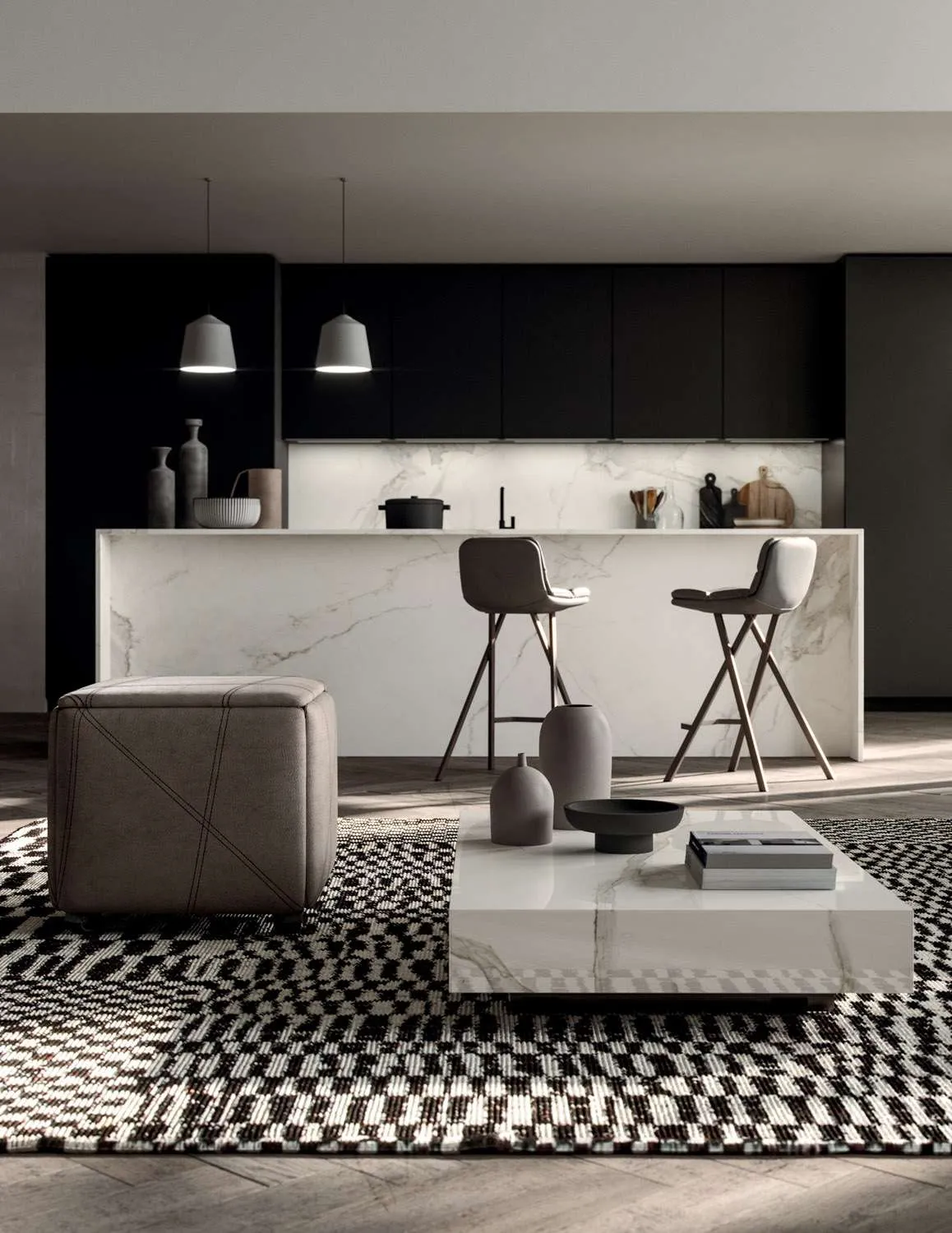
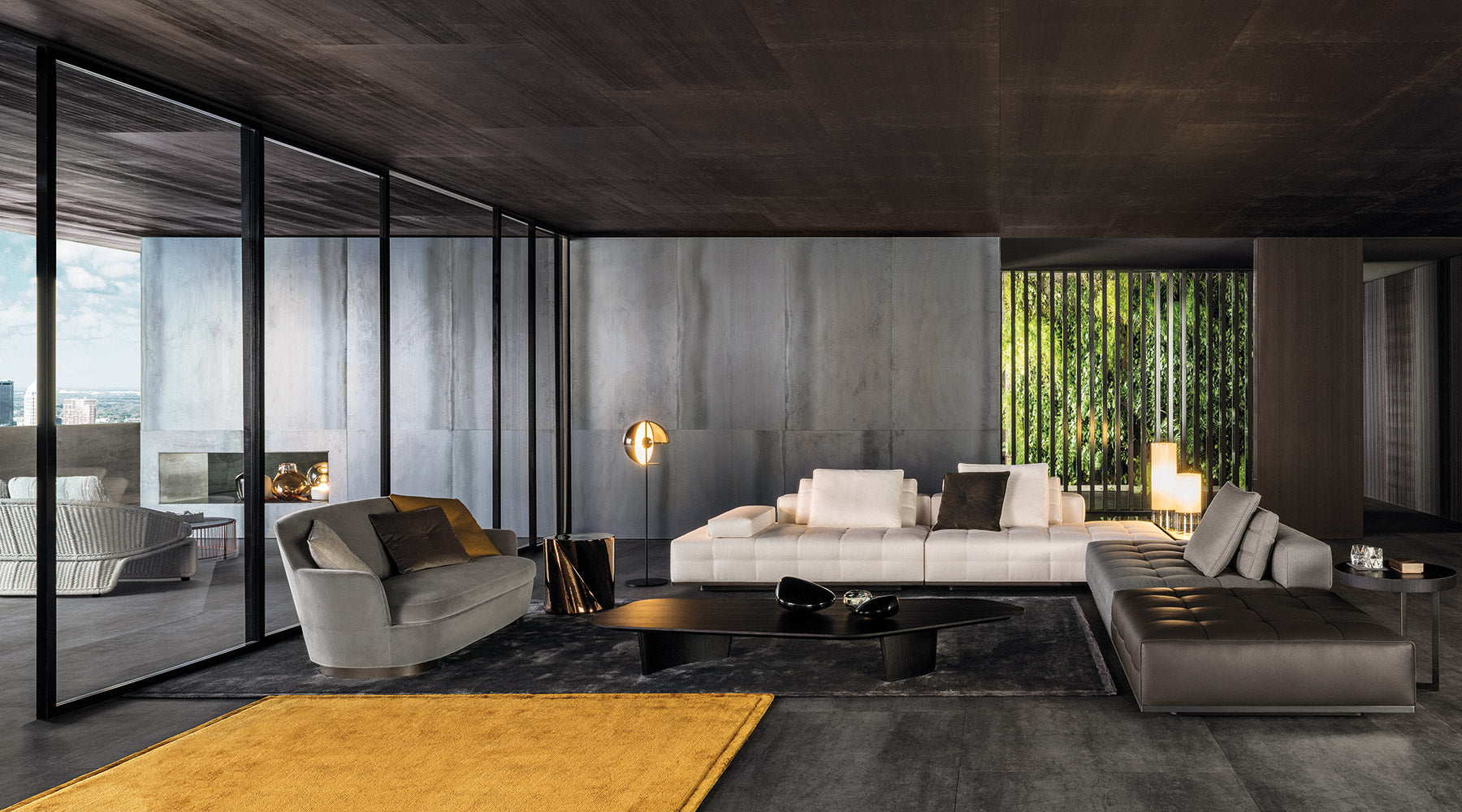
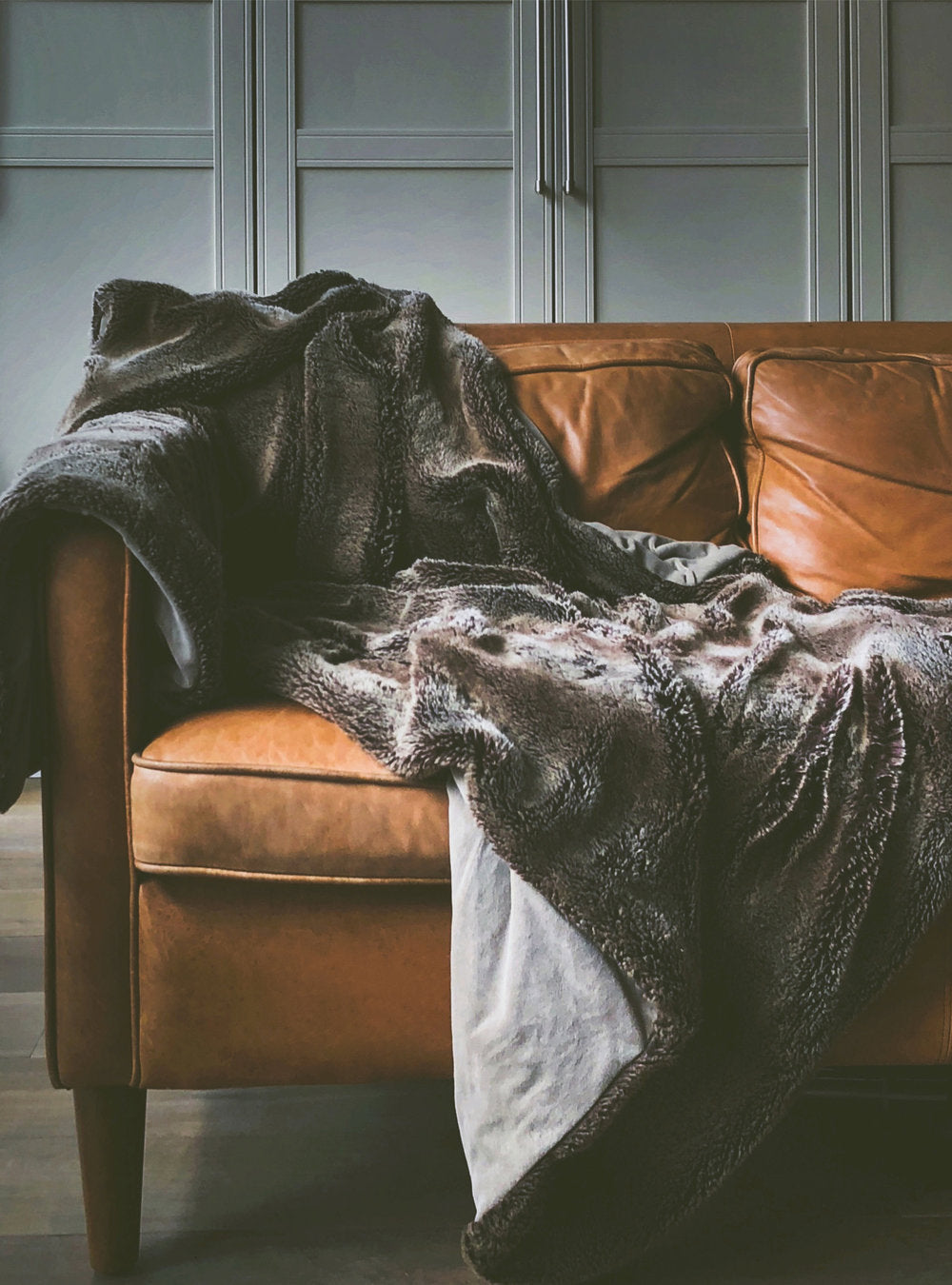
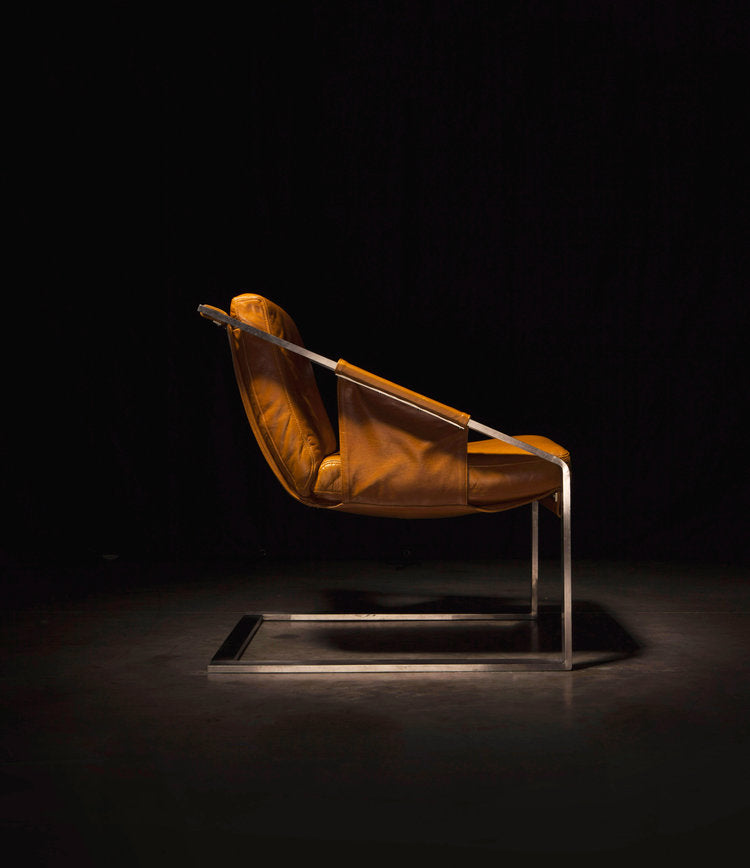
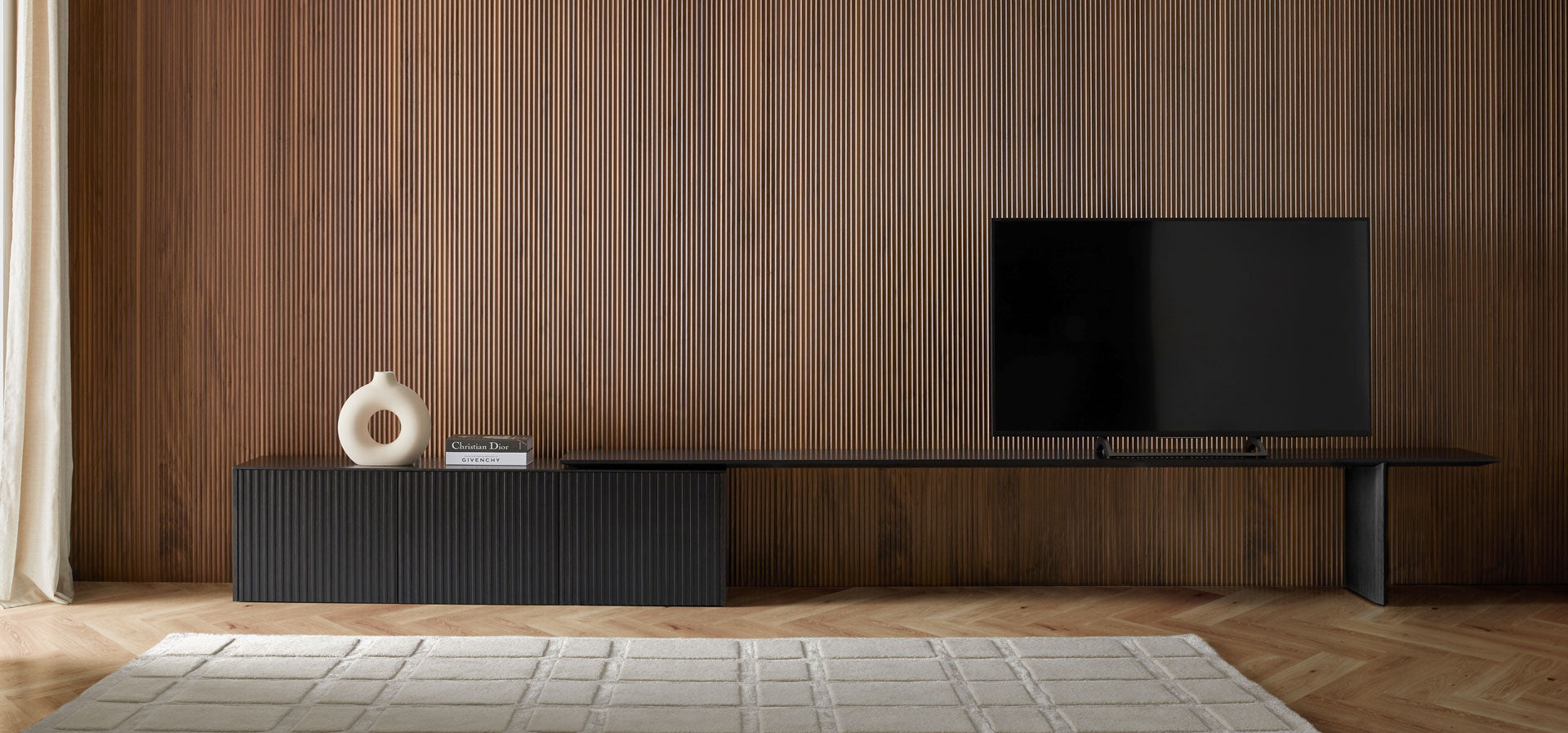
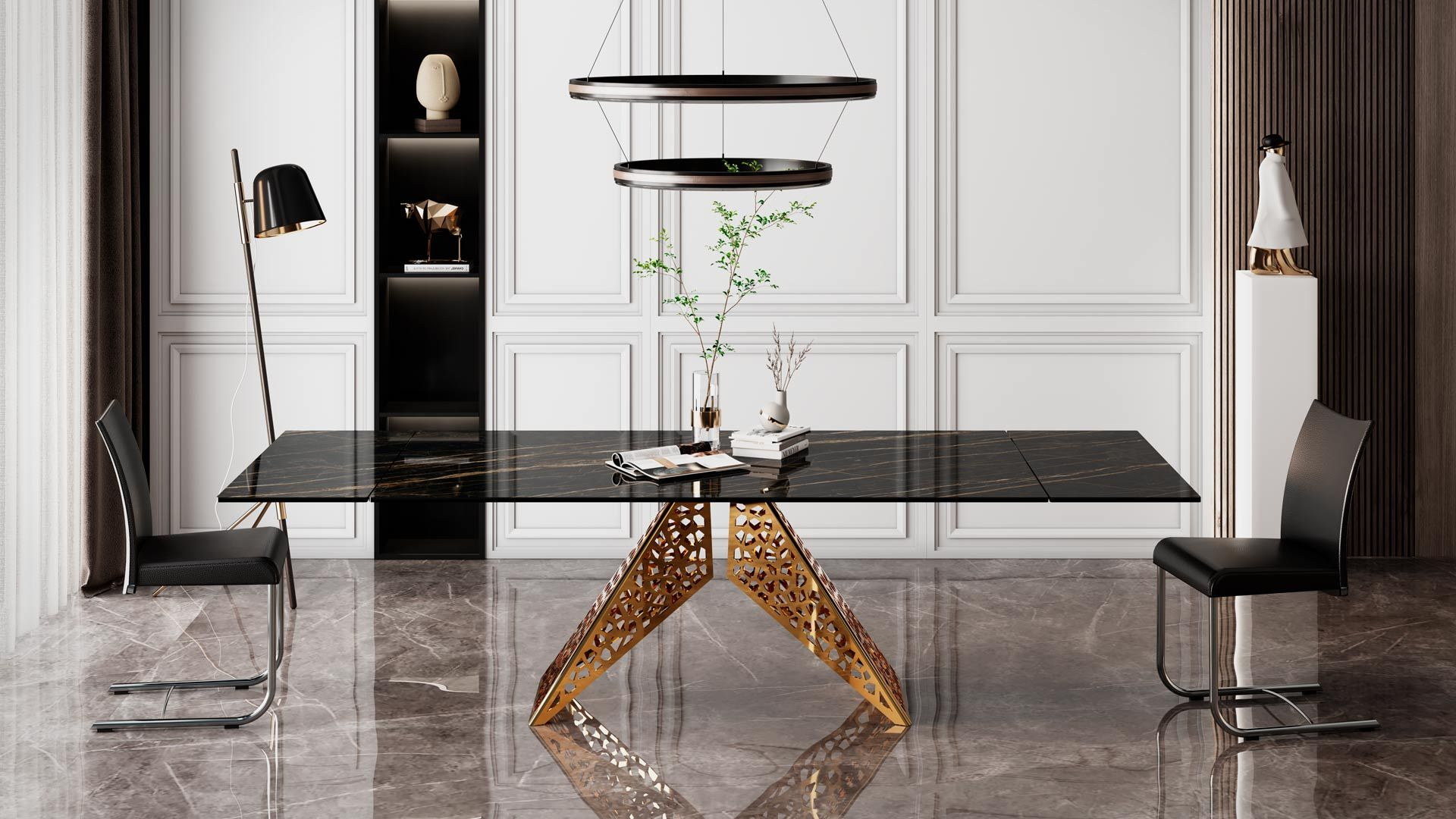
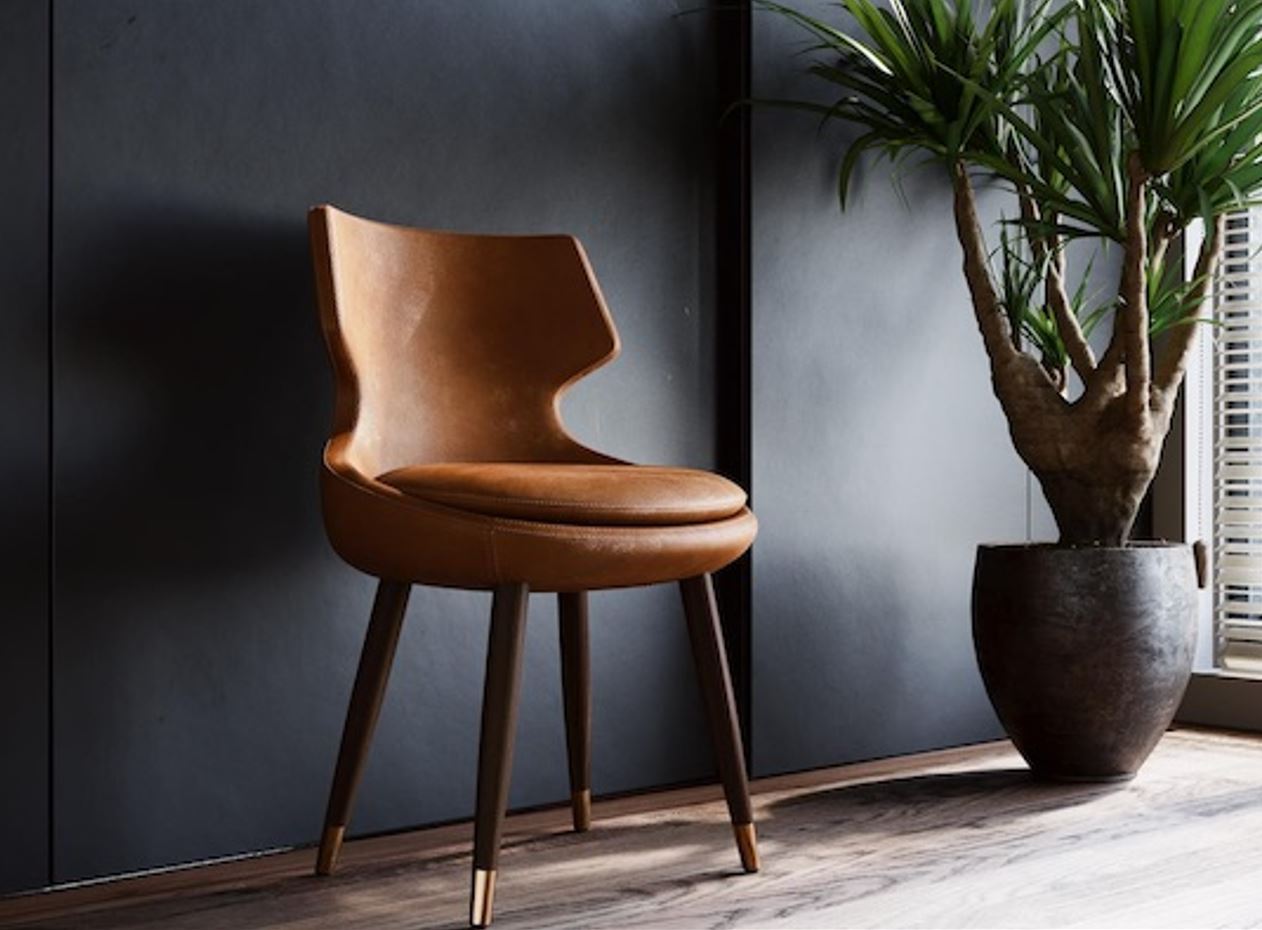
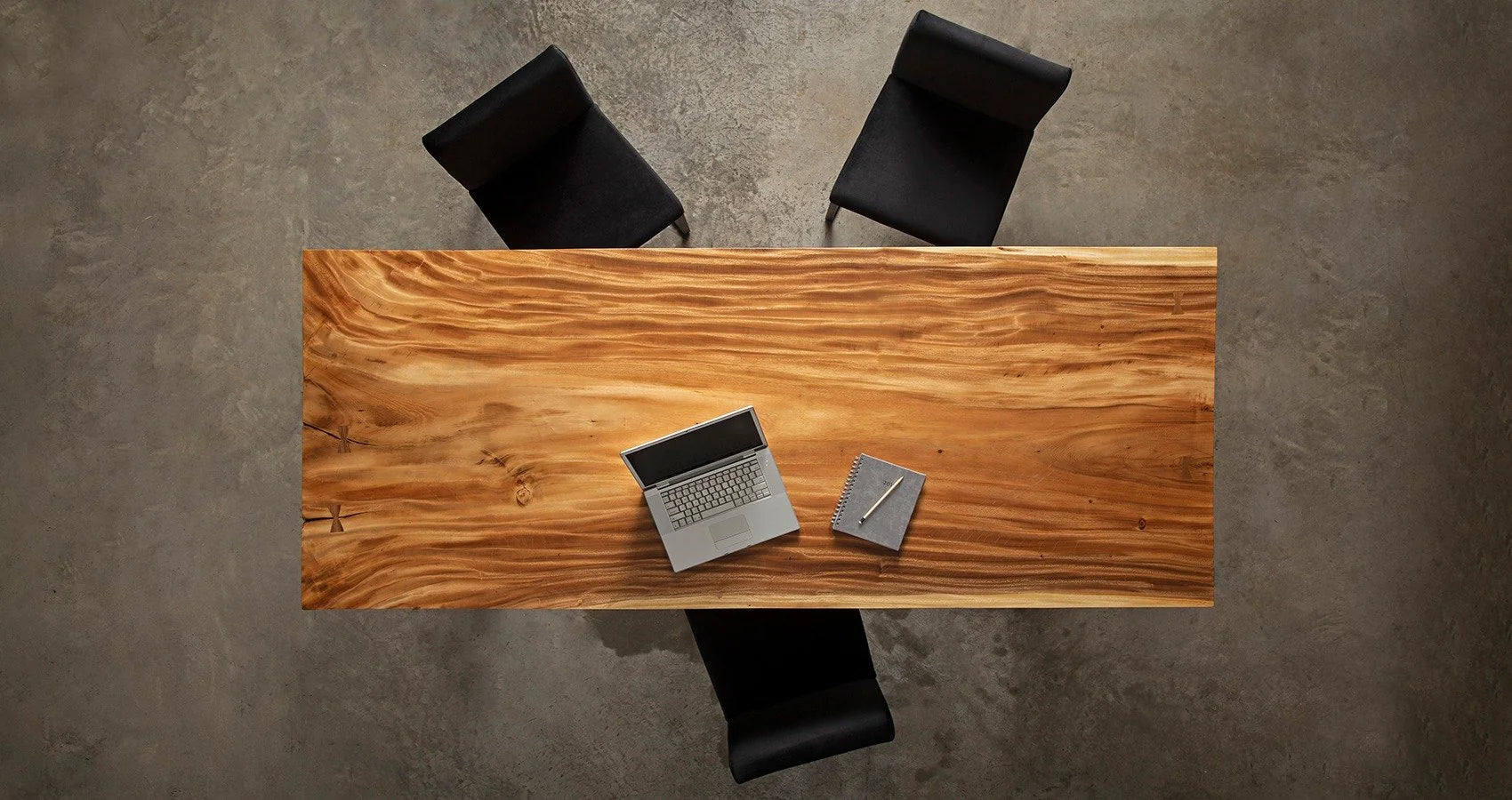
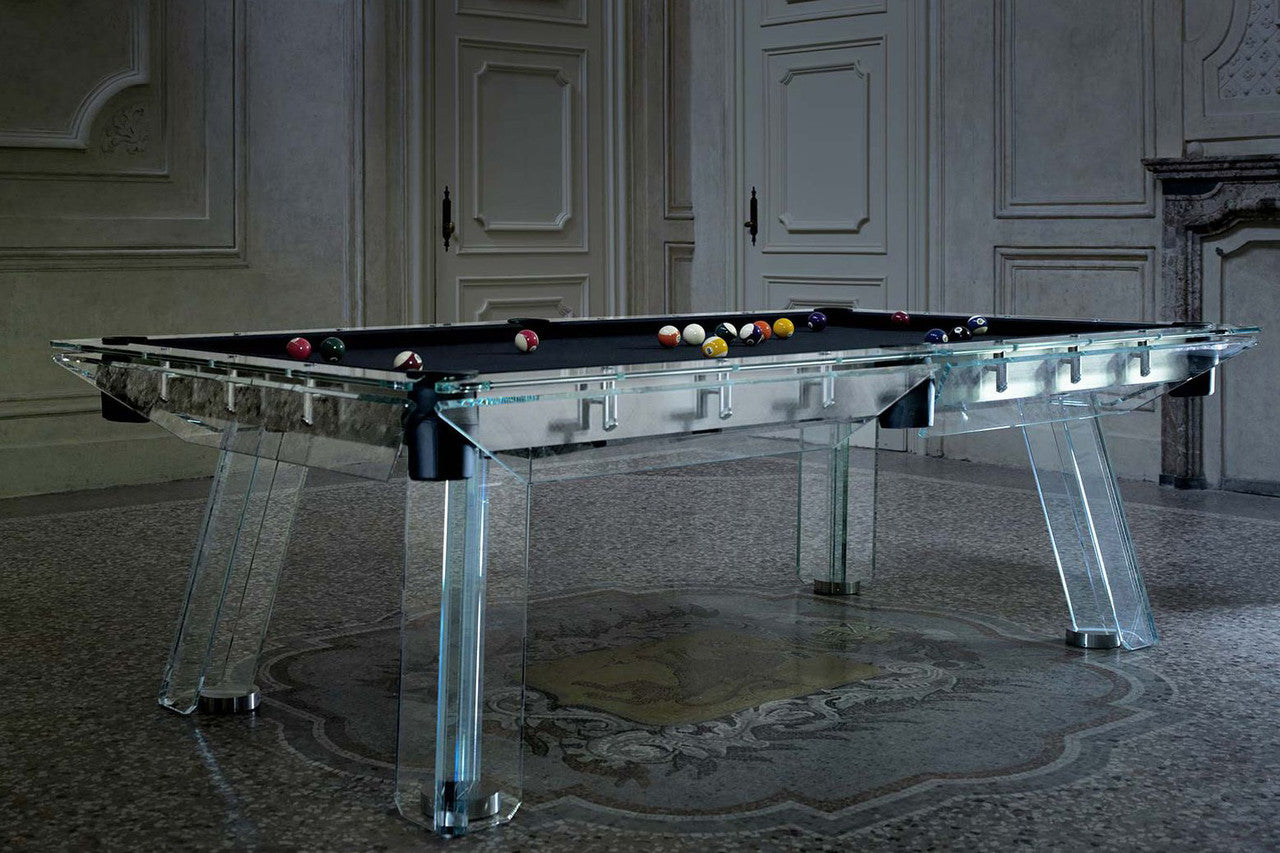
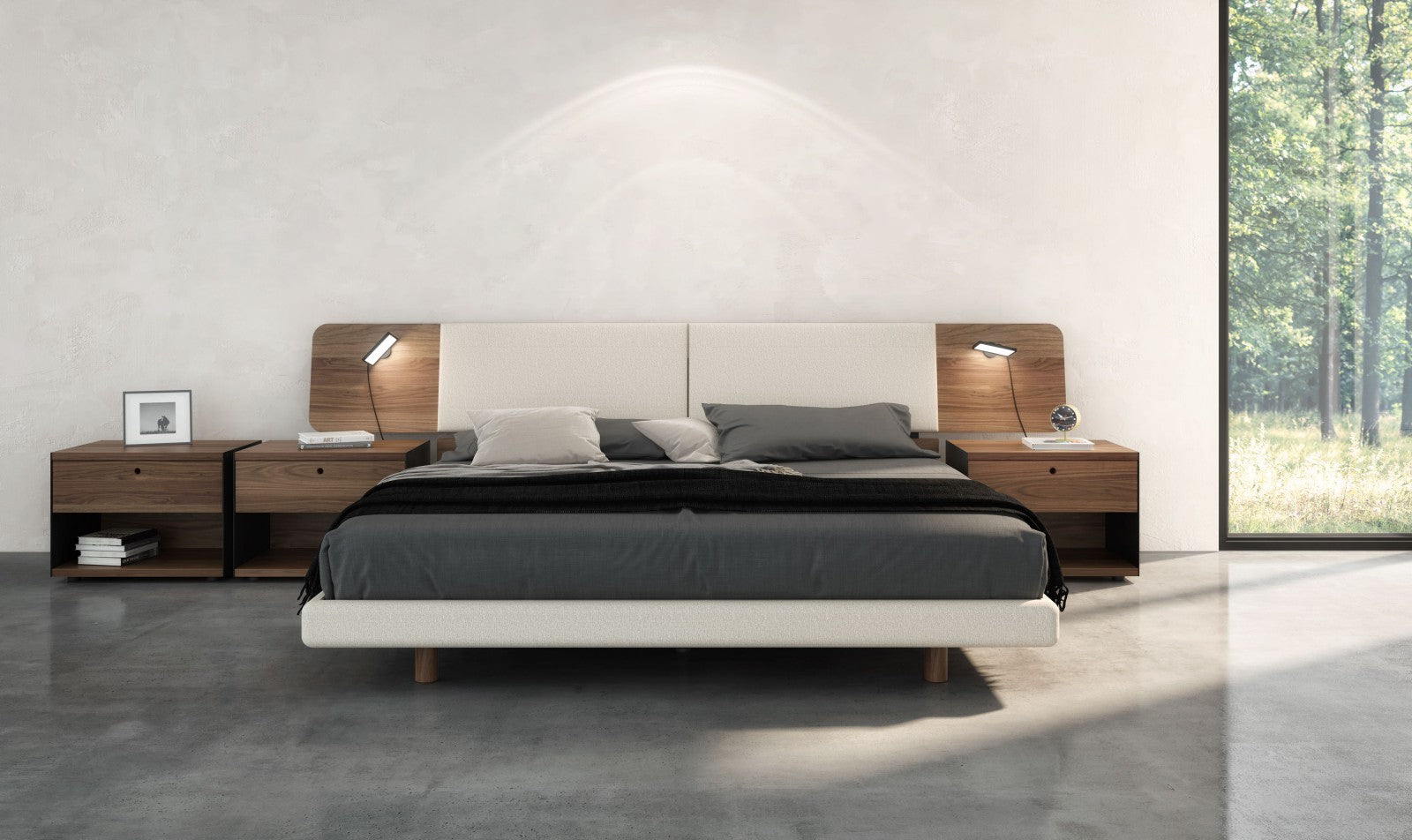
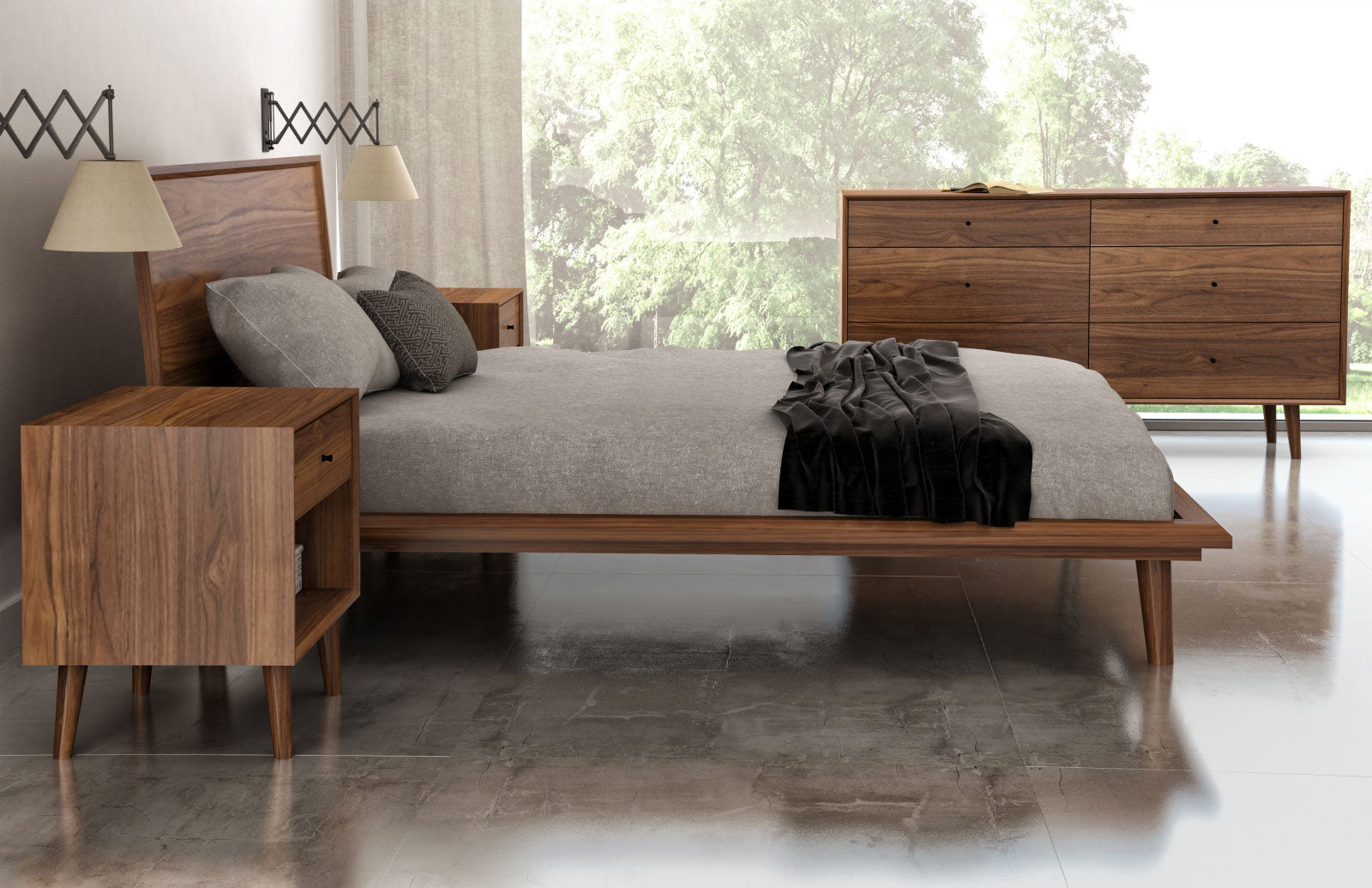
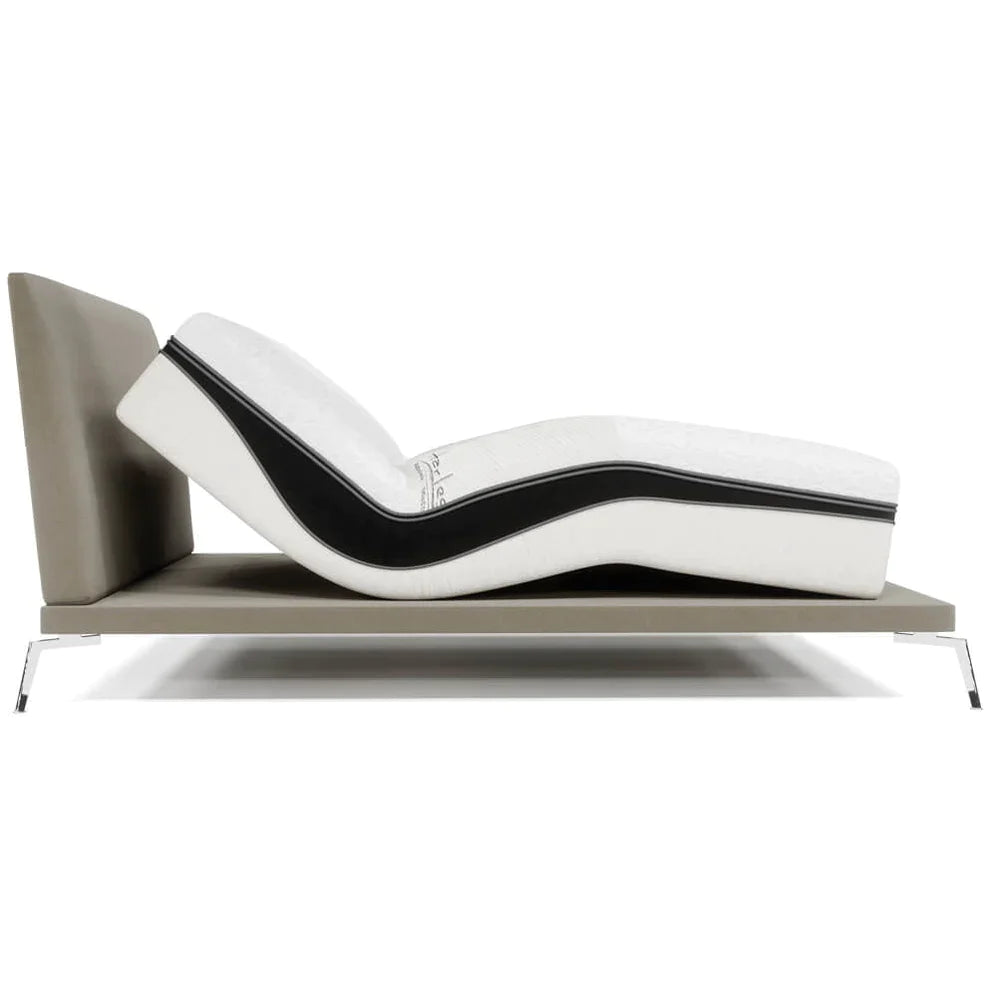
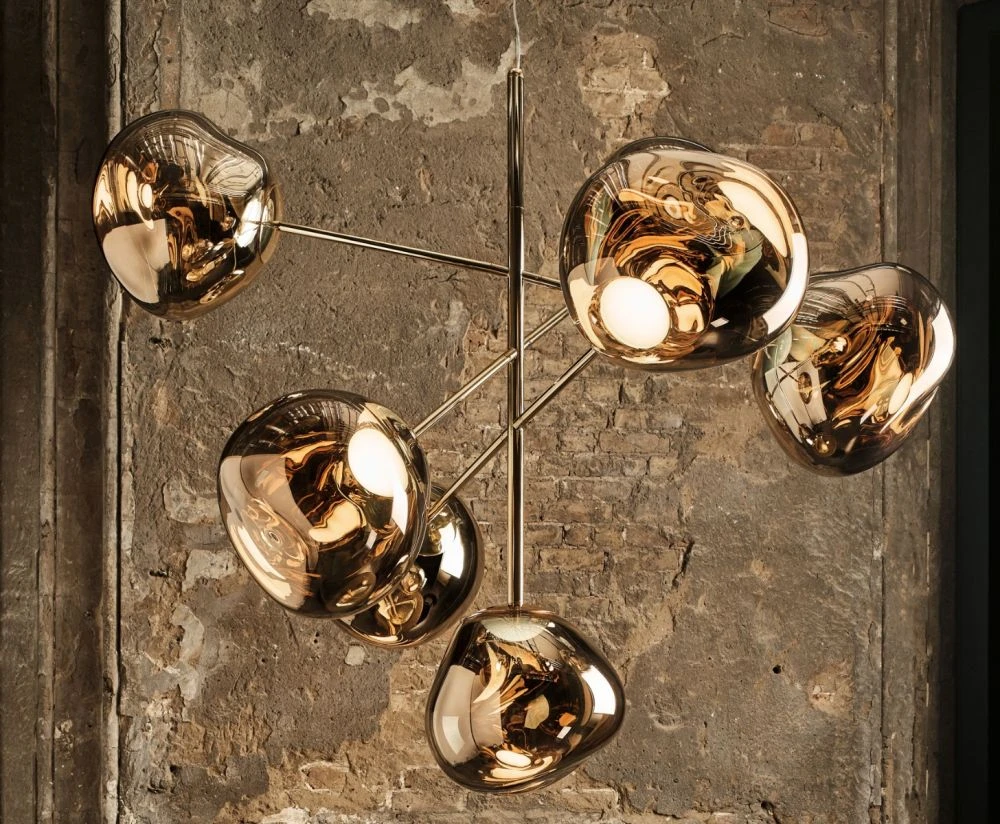
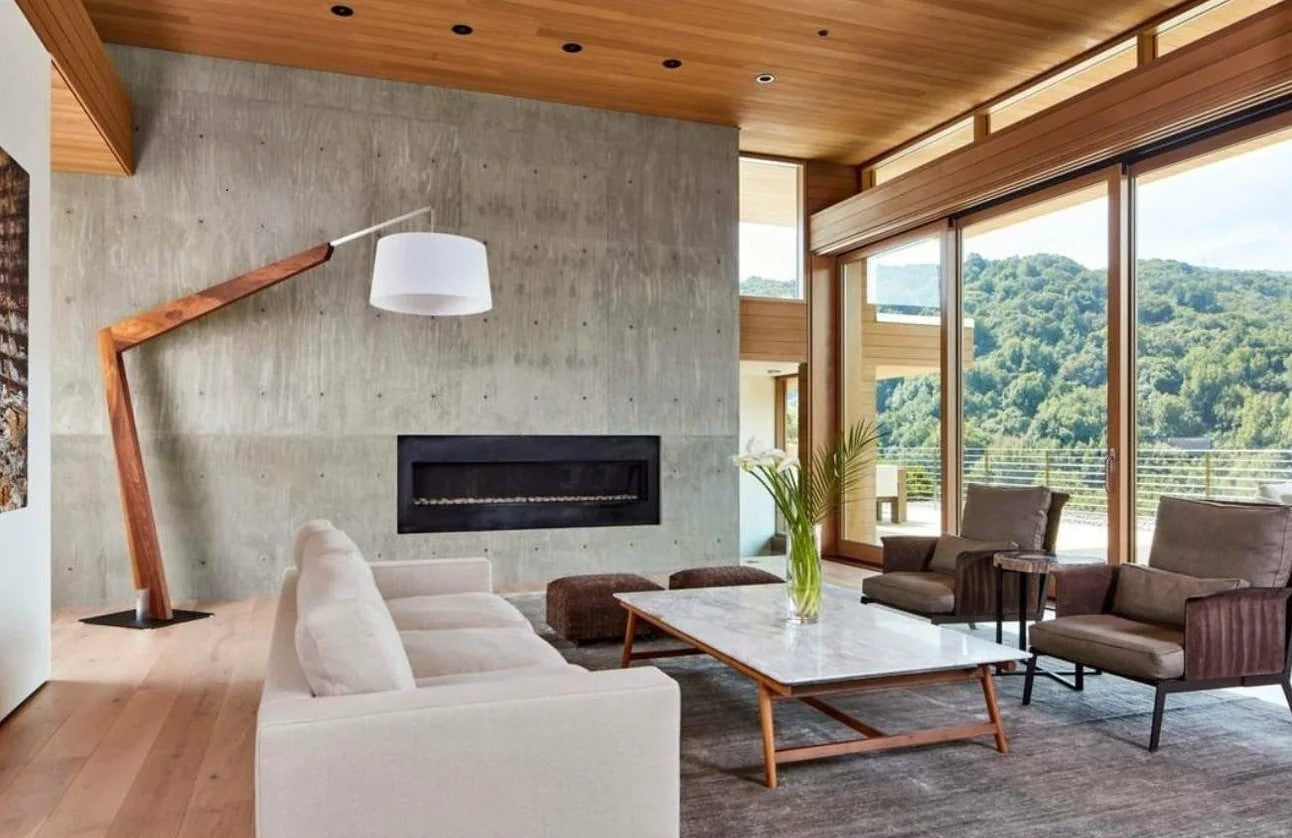
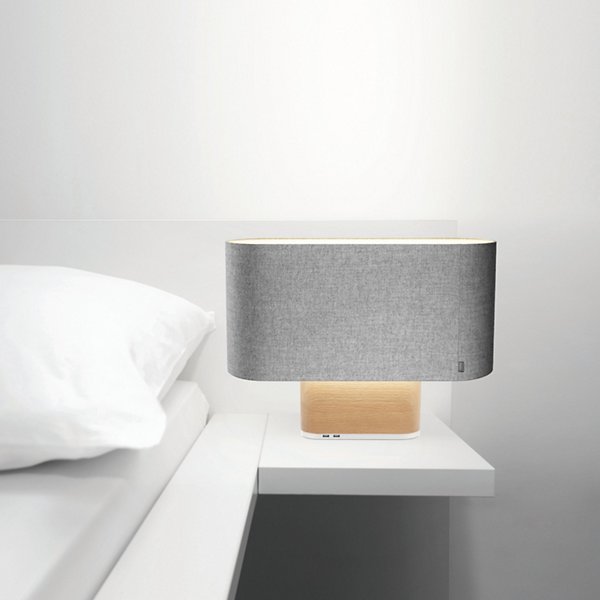
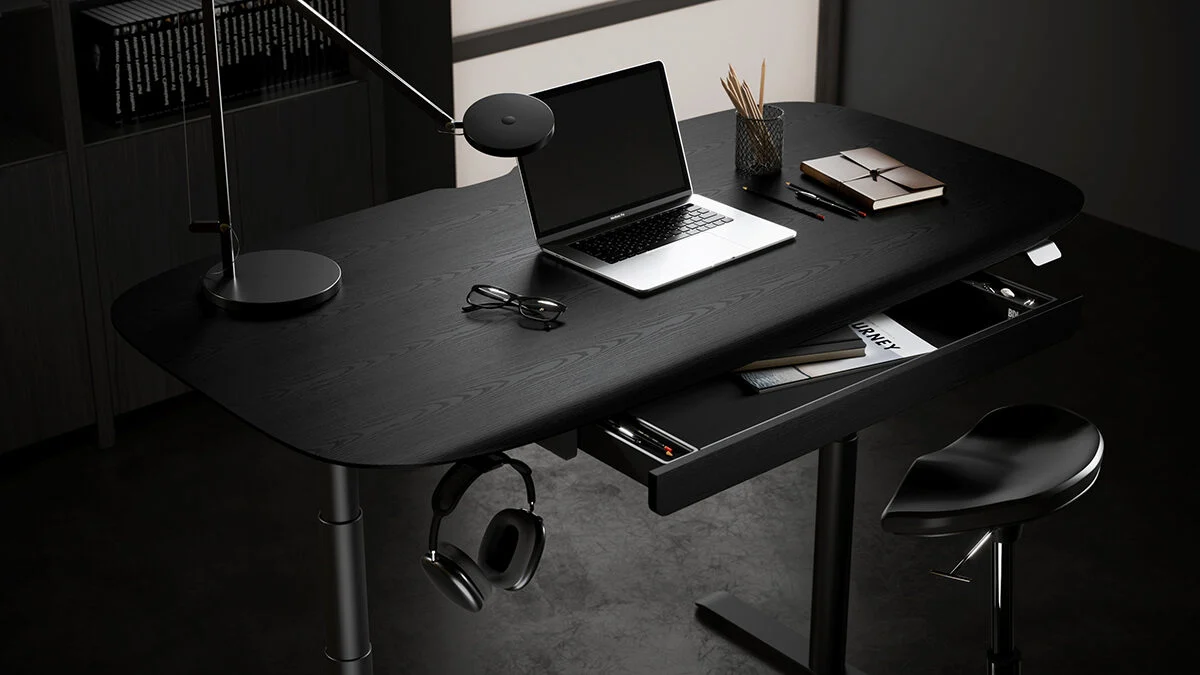

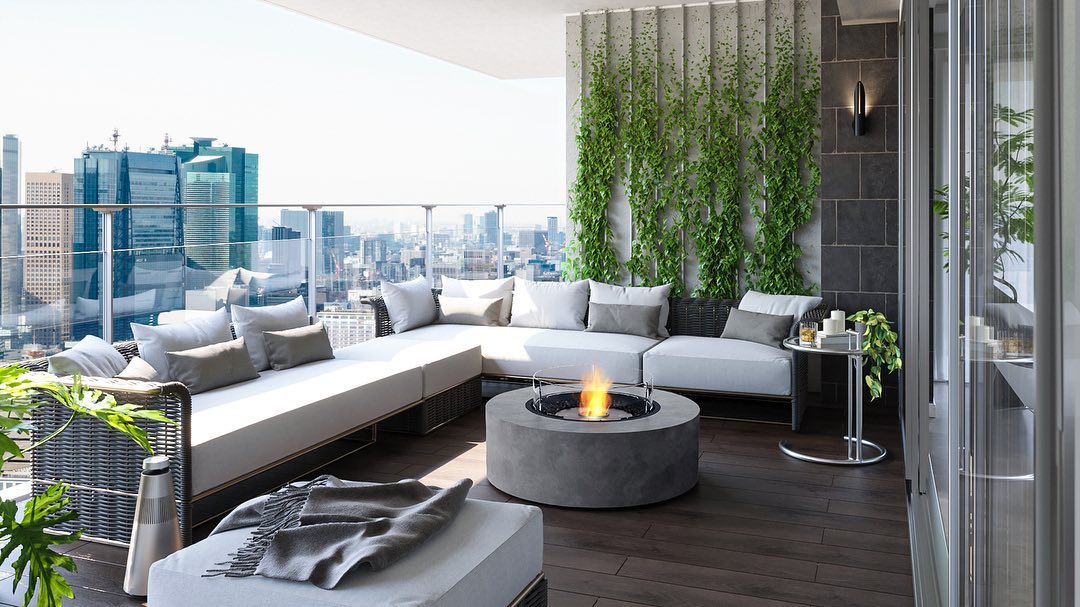
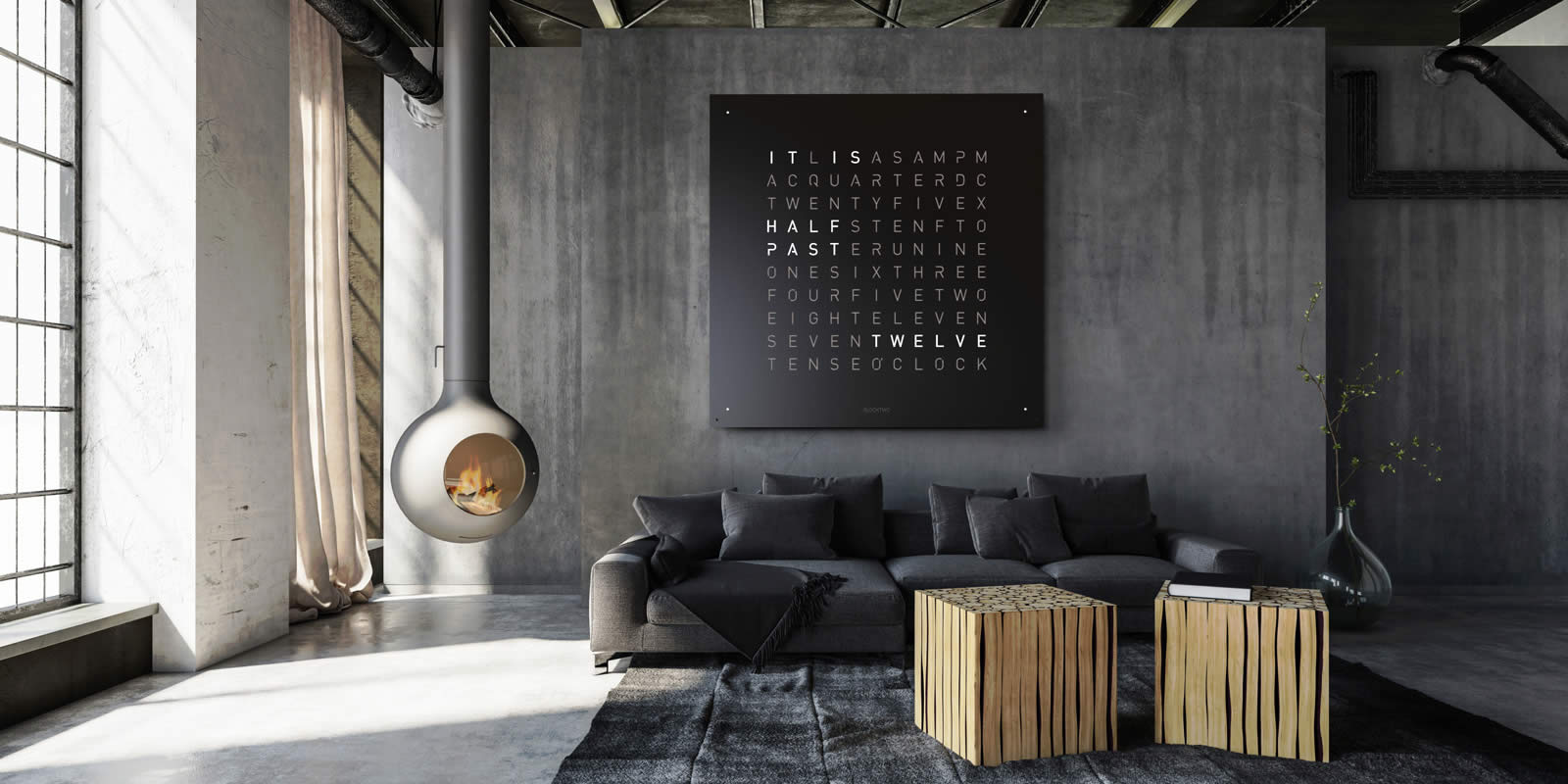
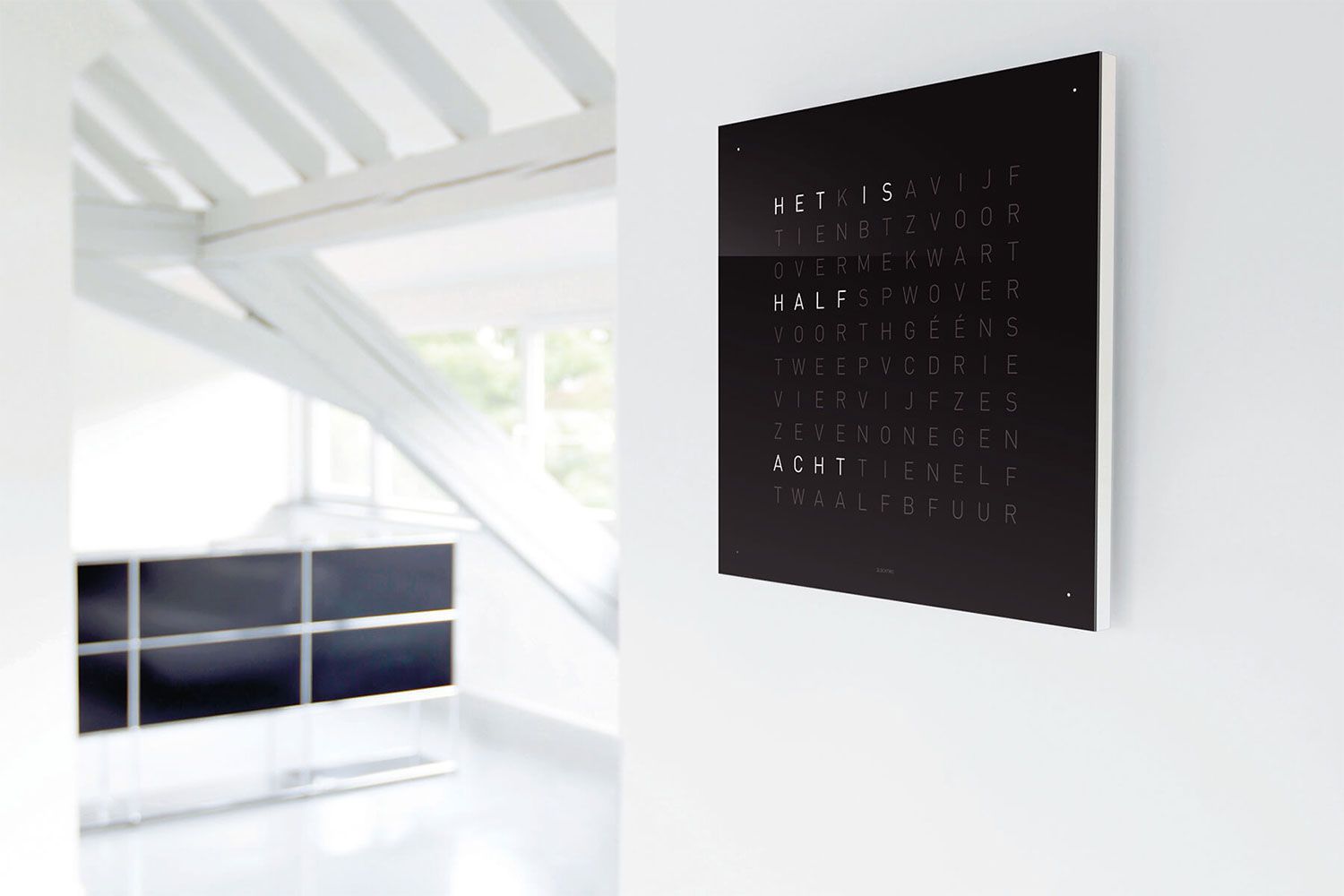

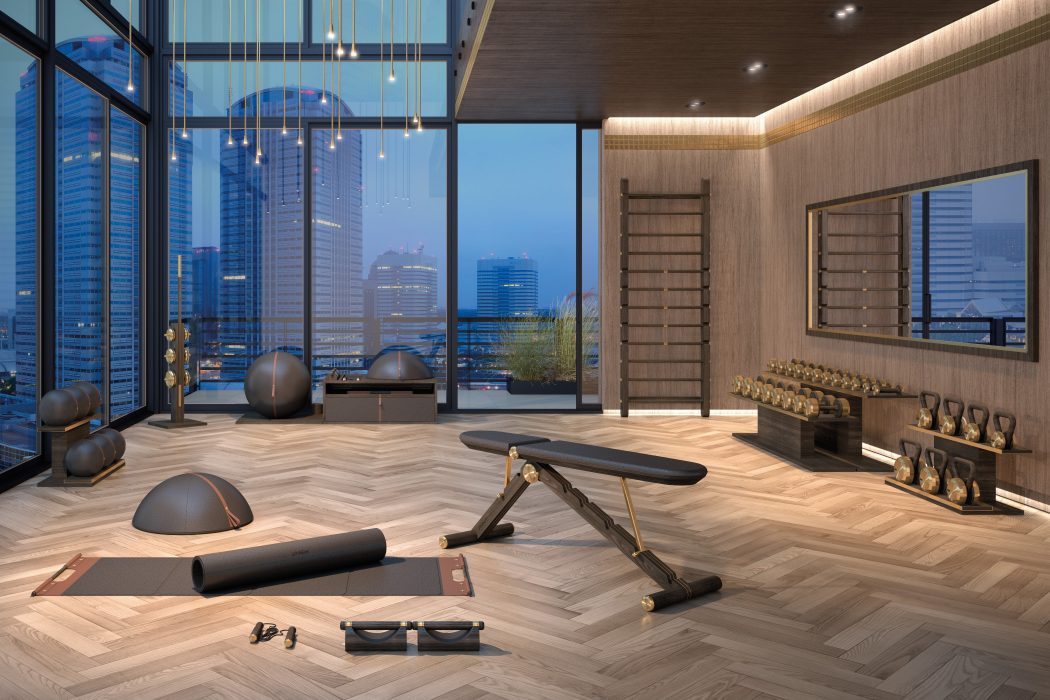
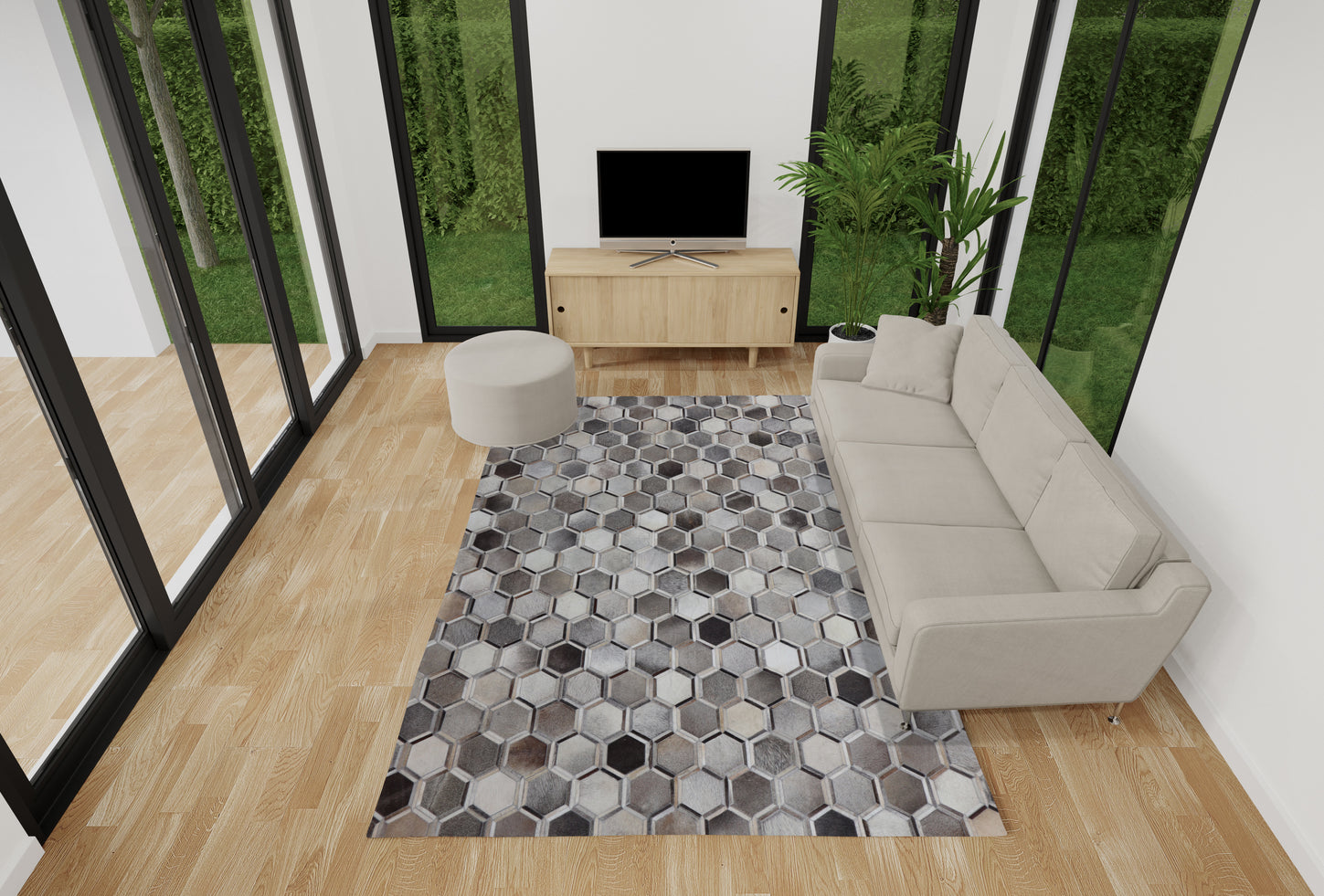
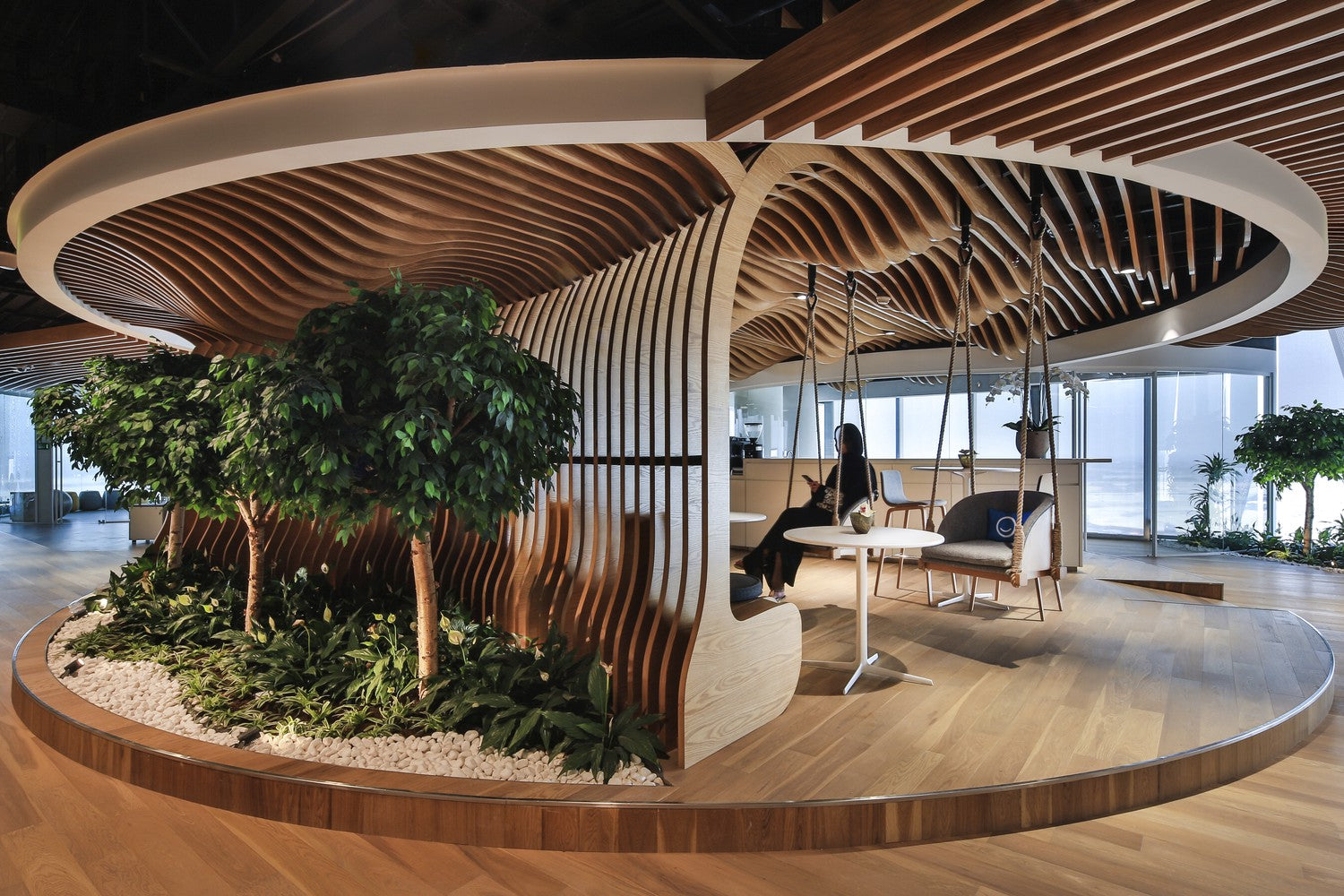
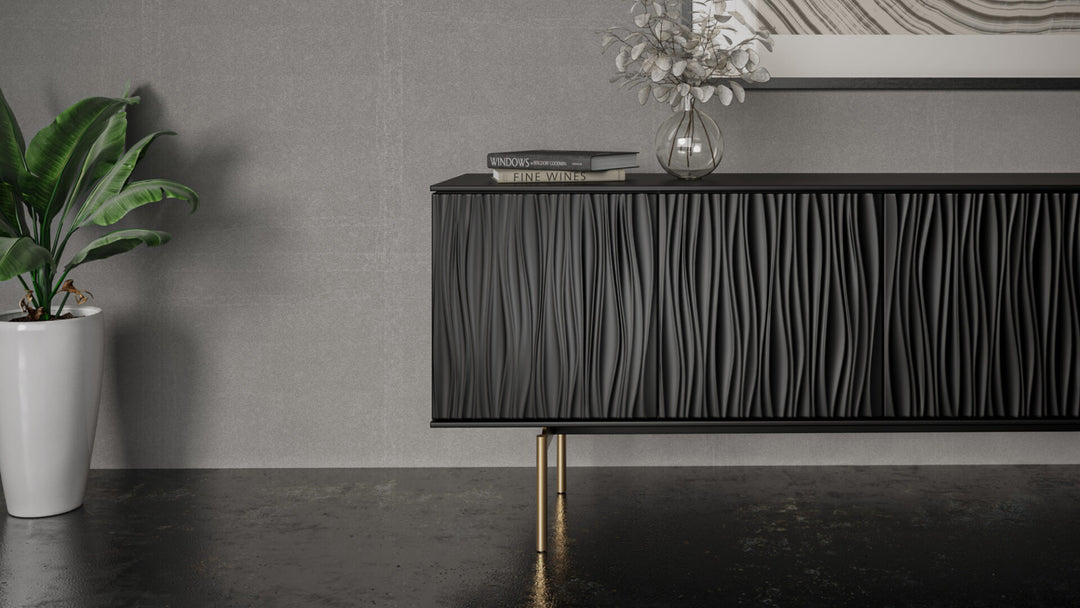
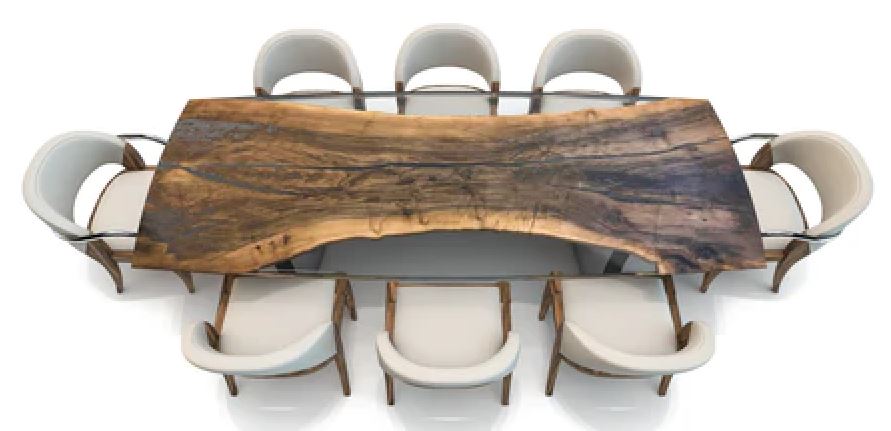
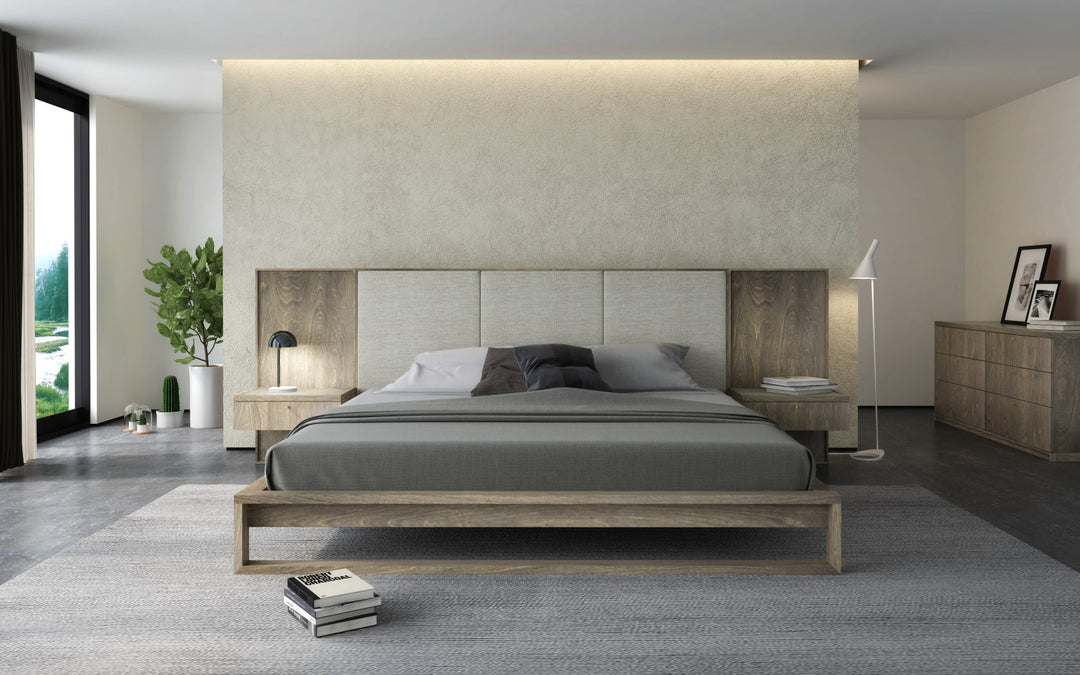

Leave a comment